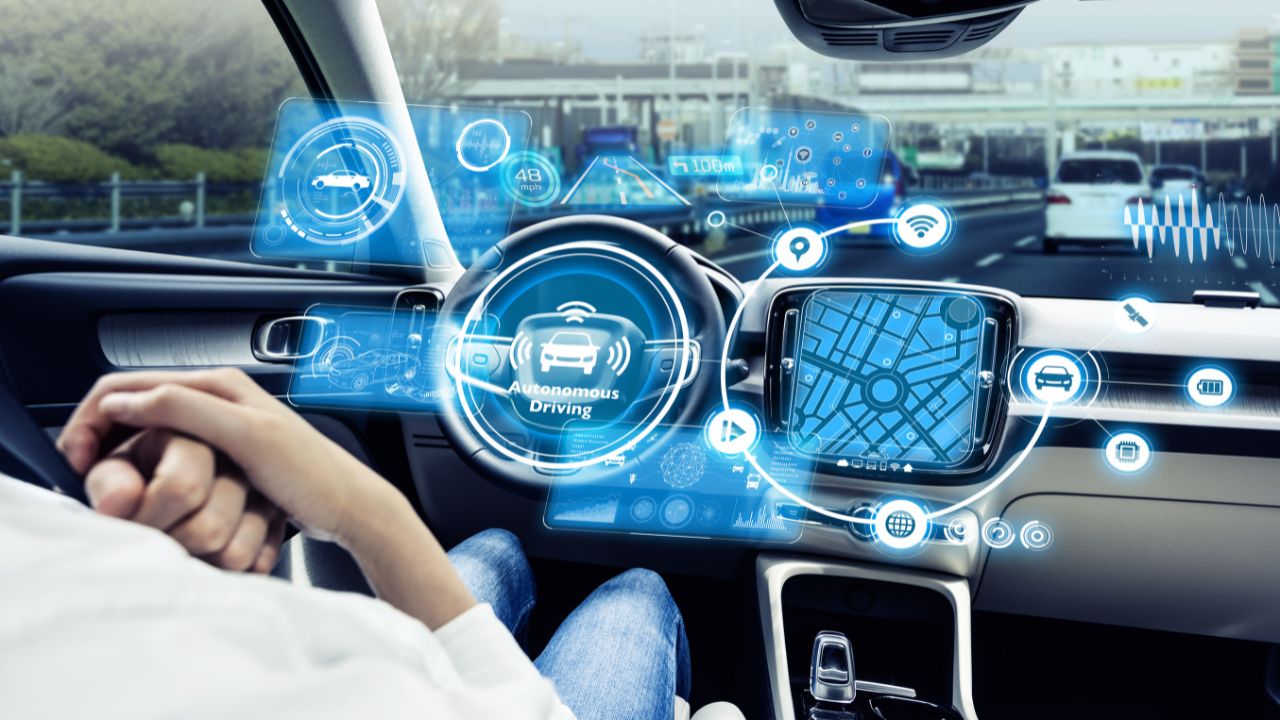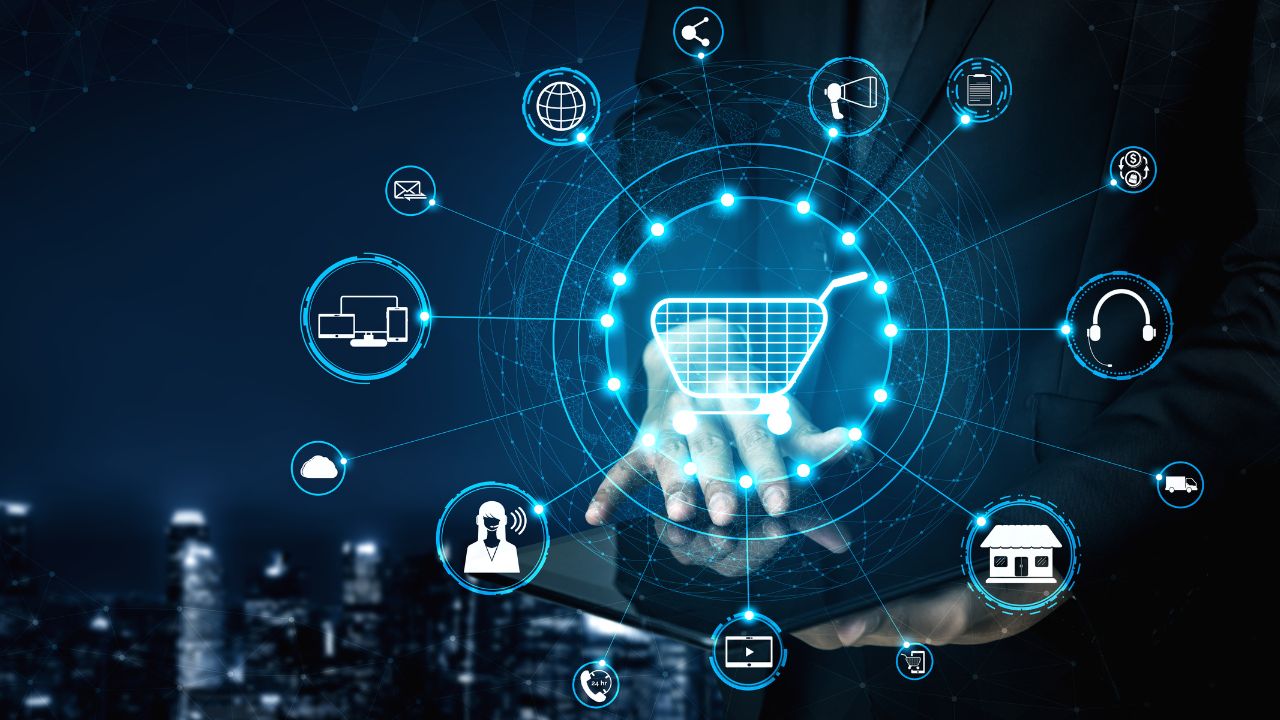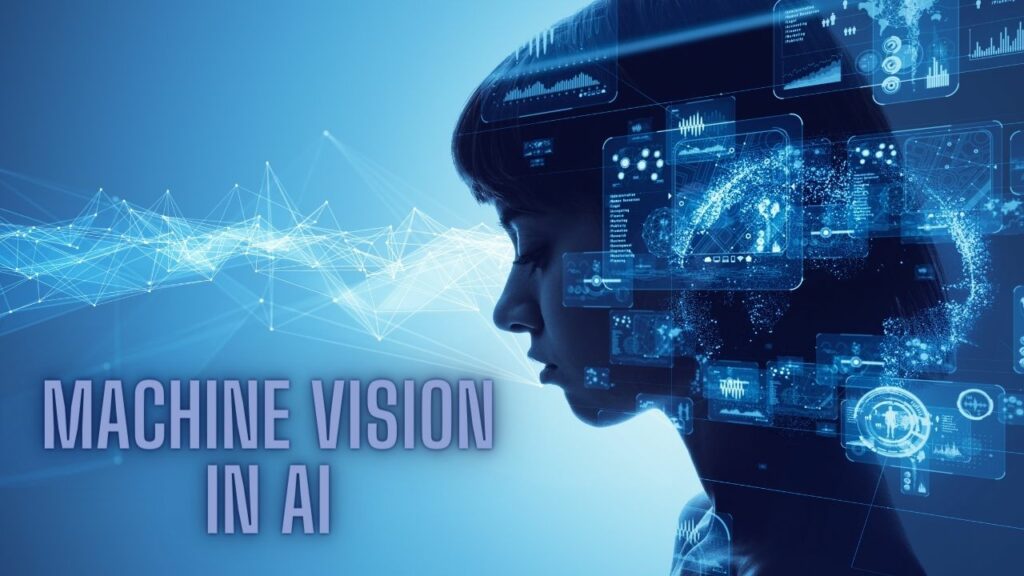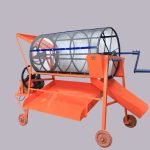 Machine vision, a subset of artificial intelligence, has revolutionized the way computers interpret and analyze visual data. Through advanced computer vision and image recognition technology, machines can perceive, understand, and make decisions based on visual data. In this context, we will explore the latest developments and applications of machine vision in AI.
Machine vision, a subset of artificial intelligence, has revolutionized the way computers interpret and analyze visual data. Through advanced computer vision and image recognition technology, machines can perceive, understand, and make decisions based on visual data. In this context, we will explore the latest developments and applications of machine vision in AI.
What is machine vision?
A computer’s capacity to see is machine vision, and it relies on digital signal processing, analog-to-digital conversion, and one or more video cameras (DSP).
A computer or robot controller receives data from the process. The complexity of machine vision is comparable to that of speech recognition. Computer vision and machine vision are sometimes interchangeable to those who aren’t familiar with AI. To speed up image processing, the technique is frequently used with AI, machine learning, and deep learning.
How Does Machine Vision Work?
Machine vision uses cameras to collect visual data from the environment. It then prepares the data for usage in various applications by processing the photos using a combination of hardware and software.
Specialized optics are frequently used in machine vision technology to capture images. With this method, machine vision can process specific image properties. For instance, a manufacturing system may employ a machine vision application to examine a specific feature of a component that is being produced on an assembly line.
Machine vision systems often require the following in manufacturing environments:
Lighting
To make the features of an object or scene visible, lighting is used.
Lens
This records the image and transmits it as light to the camera’s sensor.
Together, these components process the camera-generated image and transform it to pixels for storage in a digital format. Image sensors use either charge-coupled electronics or complementary metal-oxide semiconductor technologies to transform light into electric impulses.
Processor
The processor runs the software and associated algorithms to process the digital image and extract the necessary data
Communication
With the use of a discrete input/output signal or a serial link, these systems allow the machine vision cameras and processing system to interface with other parts of the larger system.
Machine vision in AI
Machine vision uses AI to speed up the decision-making process. AI makes it possible to process a lot of photographs and data. It makes it possible to collect information that was previously too tough.
Here are some instances of machine vision applications of AI:
- AI can help with the nuance required for signature and character recognition.
- AI aids in object recognition and materials inspection in manufacturing. This allows machine vision systems to comprehend permissible variances in an object’s shape and texture.
- An AI-enabled system may interpret acceptable irregularities in quality assurance rather than rejecting anything that doesn’t strictly adhere to one specification.
What is the difference between machine vision and computer vision?
The phrases “machine vision” and “computer vision” are occasionally used interchangeably. Machine vision is frequently related to commercial uses for a computer’s vision system. Computer vision refers to any system where a computer can scan a picture, analyze its data, and perform some kind of action.
Another distinction that is occasionally drawn is between a machine and a computer based on processing power. Businesses, especially in production, employ machine vision systems. They perform practical tasks quickly to gather the data required to finish a given operation.
The Various Benefits of Machine Vision
We stand to gain significantly from granting our machines the ability of sight. For instance, machine vision can lower costs across industries and enhance product quality in production.
There are still more advantages to machine vision that we haven’t fully understood because it’s still not widely used.
Prevents Downtime
The manufacturing sector faces a number of difficulties. Unplanned downtime is also among the most expensive. Unplanned downtime costs industrial manufacturers, according to current estimates, $50 billion yearly. A staggering 42% of this unscheduled downtime is due to equipment failure.
For assistance, several manufacturers have turned to technology. By giving machines the ability to anticipate equipment failure before it happens, machine vision can save downtime. As a result, a business can carry out planned downtime and maintenance without negatively impacting it.
Identifies Safety Risks
Contact with objects and machinery is one of the major causes of work-related injuries, according to the CDC. Failure of a machine component is directly responsible for some of the injuries.
Enterprises must take the necessary steps to guarantee that equipment is safe to use to prevent workplace injuries. Machine vision can find safety issues that the human eye can miss.
Those who use techniques like preventative analytics can find safety concerns and remove them before they cause harm. The manufacturing sector is not the only one that needs to identify safety hazards. Self-driving automobiles, for instance, can recognize safety threats in real-time through computer vision, avoid collisions, or adhere to traffic regulations.
Improves Product Quality
It’s no secret that the majority of the things we buy—from the cars we drive to the part of the meals we eat—are mass-produced. Product quality is the main concern for all producers when it comes to the security and well-being of consumers.
Sadly, manual inspection procedures demand a significant amount of time and energy. With automation, machine vision can assist manual inspection procedures. Camera and computer algorithms can inspect products before it leaves production.
Reduces Costs
As was already mentioned, manufacturers can cut downtime that isn’t scheduled. It can save thousands or even millions of dollars annually.
Yet, using machine vision results in further cost savings. Machine vision, for instance, can lower equipment expenses. Manufacturers may increase the efficiency of their equipment. This can guarantee that the pricey components last a long time by enhancing routine maintenance procedures with machine vision.
Machine vision equipment
A machine vision system can use a variety of cameras with various interfaces, pixels, resolutions, and functions. In a machine vision system, the cameras serve as the main piece of equipment for inspecting the object or item. With a procedure known as dual cameras, it’s possible that the system will need to use numerous cameras.
Users can verify if a section should be hidden. This will include using numerous cameras to inspect and check a single particular spot.
Smart cameras
When a machine vision system has to capture and extract information from an image that is specific to an application, a smart camera is necessary.
A smart camera has decision-making and description-generating capabilities. It often has all required communication connections and can connect to wifi or a server for quick image data transfer.
3D cameras
In order to offer different views of the image and provide a sense of an object’s shape, 3D cameras can display an object’s depth in an image. A 3D camera will enable the machine vision system to provide many viewpoints and depth perception.
Thermal imaging cameras
A form of thermographic camera is a thermal imaging camera. It produces photos using infrared radiation, which highlights hot spots on the photographs.
Embedded systems
An imaging computer is an embedded system for machine vision. It has a camera without a frame or housing that is connected to a processing board directly. This unifies all components onto a single computer board.
More computer vision systems are being used as embedded systems or IoT devices. This comes as a result of the growth in open-source machine learning and AI libraries.
Frame grabbers
This electrical gadget records discrete digital still images from a digital video stream or an analog video source. A machine vision system can add these images and videos to collect particular frames from a quickly moving system for analysis.
High-performance computing
The use of a high-performance computing machine is not always necessary. They will be necessary when handling large numbers of things with various details.
AI makes it possible for the machine vision system to digest the data. They are typically necessary if the system is using a feature like deep learning, machine learning, or neural networks.
Label verification
The kind of label verification required will vary depending on the application the system is being utilized for. There will be considerably more thorough package inspections for a sector like food and beverage, including inquiries about the type of item and the sell-by date.
Types of Machine Vision
- One-dimensional vision (1D vision): 1D vision scans the image of an object one line at a time, utilizing a line-scan camera. Many companies use this kind of machine vision when inspecting products that are moving through a conveyor to find flaws.
- Two-dimensional vision: 2D vision compares contrast changes across images to analyze picture data. It collects data and analyzes it using a digital camera. Object tracking, as well as verification and inspection, are common uses for this kind of machine vision.
- Three-dimensional vision: 3D vision creates a digital model of an object by placing numerous cameras and other sensors in different places. This allows for a precise assessment of its position, dimensions, and features.
Robots frequently utilize this kind of machine vision to assist them explore their surroundings. They can also carry out order fulfillment activities like selecting items from bins and containers.
Machine Vision Applications
The Manufacturing Industry Uses Machine Vision for Quality Control
Humans don’t often inspect every component coming off the assembly line in detail to look for flaws. It would take too much time, money, and concentration that people simply lack.
Nevertheless, a robot arm with a machine vision system, like the Rapid Machine Operator from Rapid Robotics, can inspect each one. So that you can determine whether to discard a part after inspecting each one that exits the injection molder or any other operation.
As a result, companies are less likely to ship out defective parts, and employees are more aware of the caliber of the goods they are making.
Machine Vision Helps Self-Driving Taxis Understand Their Surroundings

Autonomous vehicles can still detect signals, even if they seem undetectable. For example, Zoox’s electric self-driving cars are able to see and interact with their environment. This is thanks to artificial intelligence and machine learning algorithms. Cameras and other sensing modalities like LiDAR, radar, and thermal cameras measure and collect location, speed, and other crucial roadway data.
Machine Vision Helps Robots Fulfill Orders

InVia Robotics, a robotics firm specializing in warehouse automation, depends on machine vision rather than LiDAR, as do many robotics businesses working in the logistics industry, to assist their robots to navigate warehouses and completing orders.
The company also trains its machine vision systems inside the warehouse. This is where the algorithms gather and capture surrounding features. It employs visual servoing, which regulates the robot’s movement and enables it to grasp an object similar to a person.
Machine Vision in AI: Challenges
Computer vision applications in the real world need hardware. This includes computers, cameras, and other visual input devices.
Deploying AI solutions to edge computing devices (Edge AI) is the only method to get beyond the latency restrictions of centralized cloud computing, particularly for mission-critical AI vision use cases that depend on near real-time video analytics.
FAQs
What is computer vision in artificial intelligence?
AI research in the area of computer vision teaches computers to extract and decipher information from picture and video data. Computers can identify things and take action by applying machine learning (ML) models to photos, such as unlocking your smartphone when it detects your face.
What is the difference between machine vision and computer vision? Do they come under robotics?
To support manufacturing applications like quality assurance, machine vision systems use image processing and operate on a set of rules and parameters. Contrarily, computer vision describes the collection and automation of picture analysis.
What are the basic principles of machine vision in AI?
The capture, process, and action steps make up the machine vision operating concept.





